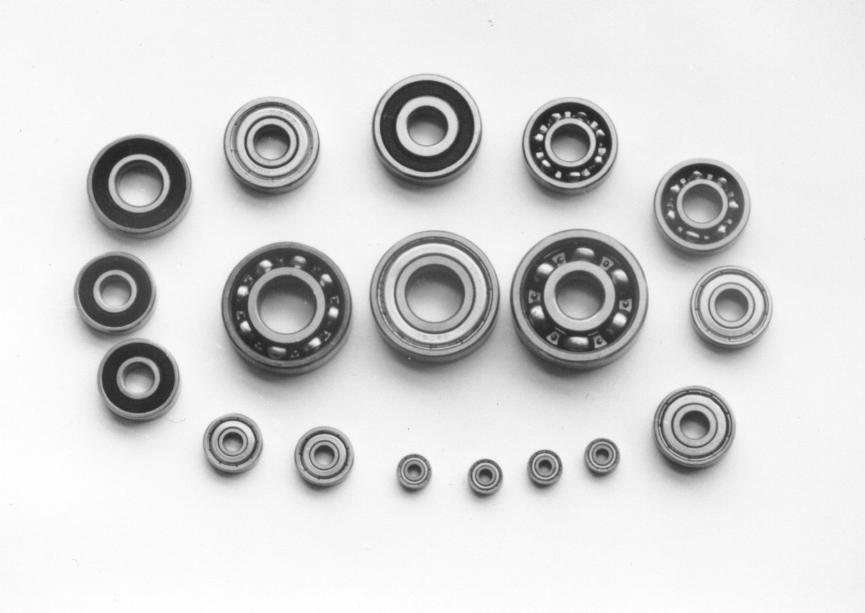Miniature bearing or Instrument bearing are the ball bearings that have excellent tolerances and finish. Their small size and thin raceways make them vulnerable to damage because of contamination. It is thus very important to handle them with proper care.
When buying these bearings, it is important to buy it from a well-known manufacturer who has a long experience in manufacturing them, like the SKF Bearings. Here are some tips how one should handle these bearings:
Keeping it clean: Do not handle miniature bearings with bare hands. The acid on our skin can damage the outer surface of the bearing. It is recommended that you should not take the bearing out of the original package and expose it to the environment unless you need to use it. Workers should only use clean and burr-free tools while they assemble the bearing. The work area should be clean from dust build up. The mating components should be wiped with a clean cloth that is free from lint.
Easy Assembly
The most common cause of raceway damage in a miniature bearing is the application of excessive force assembly. This damages the bearing permanently and makes the bearing produce noise, elevate its torque and shortens its life. Interference from poor design or stack up of tolerances can be a major reason behind this problem.
Bearings that are sized 0.25 inches OD or small can have race thickness around 0.008 inches. Even when a small amount of force is exerted on these bearings, it can damage the delicate races. According to standard miniature bearings specifications, the radial play is around 0.0002 and 0.0004 inches, this means even an interference of 0.0003 inches can jam the balls and the races.
If the axial play is removed due to preloading, impact and shock loads can also damage the bearings. One way to prevent the shock damage can be, using a shock absorbing material to cover the assembly work surface.
Small bearings such as a miniature bearing can tolerate up to 1° of misalignment. Misalignment above this can lead to high noise and torque levels. Shafts and housing must be concentric to one another if two or more bearings will be coming in contact with a common component.
Preload Options
Regardless of what type of bearing it is, the axial play needs to be reduced by applying a preload. This also boosts axial and radial stiffness in the bearing. There are three ways to preload a bearing, these are:
- Spring: Spring may ease the assembly process, but on the downside, the system stiffness reduces. This is because the stiffness is not controlled by the raceway-ball elasticity but by the spring rate. Springs minimize effects of thermal expansion between the mating parts. Most high-speed applications use spring preload. One can use a spring with low-rate to minimize preload variations.
- Solid Clamping: By using a solid clamp, the components can be matched to precise dimensions. This method will produce stiff assemblies. However, even normal tolerances in bearing axial play can make it difficult. Bearings and components should be tolerance matched with a high degree of precision so that the bearing won’t suffer raceway overloading. As one can rightly, assume the precision that is needed in this type of preloading is high and hence is considerably costly.
- Deadweight preloading: Preloading is done with the help of a deadweight to counter the axial play. Then, an anaerobic adhesive is used to secure the position. This method requires at least one mating surface to be porous so that oxygen can be absorbed. If the bearing is coated, anodized or if the mating surfaces are made up of different materials, primers are used to ensure the bond remains strong.
It is important to make sure that the handling and assembly are done in the right way so that the bearing works fine. Proper guidelines should be followed in handling as well as assembly of miniature bearings.



